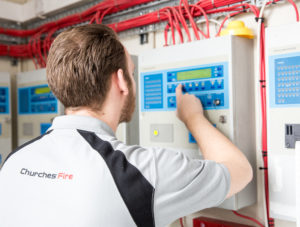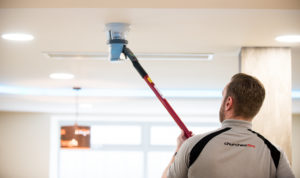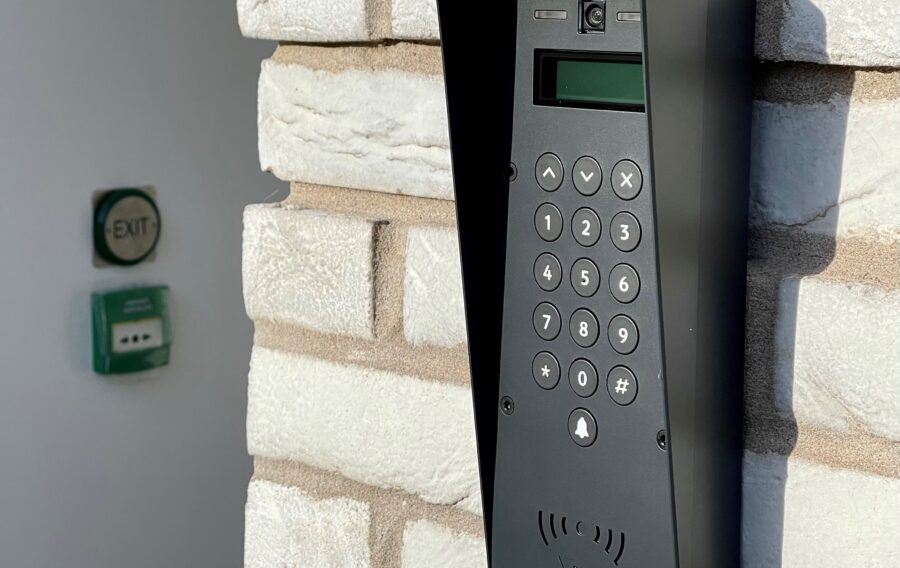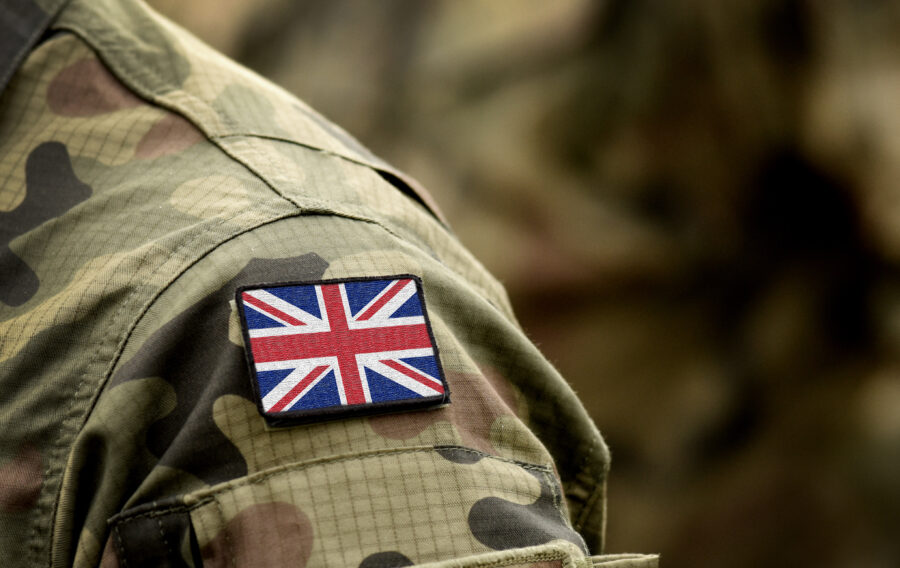Property landlords are responsible for the fire safety of their tenants, ensuring that the appropriate safety measures are in place. This provision covers a number of areas, from the services required to the frequency of maintenance and special requirements based on the tenants.
There are many types of rental properties in the market today from single person occupancy apartments to large scale houses of multiple occupancy (HMO) with rehabilitated residents.
Whilst there will be instances where the same levels of fire safety will apply to a number of dwellings, there can also be the need for a specialist evacuation plan dependent on who lives and works in the property.
Regular Maintenance
The Regulatory Reform (Fire Safety) Order 2005 states that the regular servicing and maintenance of fire safety measures is a legal requirement. This maintenance provides peace of mind that the fire safety services in place will work as intended should an emergency situation arise.
Single-site landlords are likely to take on the organisation of this themselves, arranging for a reputable fire safety company to ensure their equipment is in good working order and serviced to the relevant British standards.
If there are multiple properties in a landlord’s portfolio, a property manager could be employed to take on the responsibility of a number of different locations.
Fire Safety Responsibilities

As a well-established and experienced fire safety services provider, Churches Fire & Security work in close partnership with a number of landlords and property managers.
Using our knowledge of the industry and the special requirements that can be in place, we service and maintain the required equipment to the highest standards.
In a dwelling with multiple occupants, you would expect to find fire alarms, emergency lighting, fire extinguishers and fire doors as a minimum. The measures in any managed property must meet the requirements as set out by law.
Every building will have a Responsible Person. This could be the landlord or the property manager in a residential building. This person has ultimate control of the premises and will need to arrange for a fire risk assessment to be carried out. The assessment is applicable to the communal building areas under the Regulatory Reform (Fire Safety) Order 2005, with the entire premises being taken into consideration.
Local Authorities Coordinators of Regulatory Services
The Local Authorities Coordinators of Regulatory Services (LACoRS) have created a guidance document on the fire safety provisions for particular types of housing. This document offers practical advice on fire risks, solutions and legislation.
Fire Alarms and Servicing
 Alerting residents to the presence of fire or smoke should be through a fire alarm detection system. The installation and servicing of all types of detection is carried out by Churches Fire & Security technicians in accordance with BS 5839.
Alerting residents to the presence of fire or smoke should be through a fire alarm detection system. The installation and servicing of all types of detection is carried out by Churches Fire & Security technicians in accordance with BS 5839.
Beam detection, wireless and single-point smoke are some of the fire alarms we work with. The type of alarm required will depend on the type of dwelling. The fire risk assessment will highlight the requirements for a particular building, recommending a system to be put in place to ensure adequate coverage of the sounding fire alarm.
Whichever system you have in place, it will need to be serviced every 6 months. The highly qualified Churches Fire & Security technician will arrange a mutually agreeable time to visit the site, perform a full service and make any recommendations on remedial works required.
Emergency Lighting
Emergency lighting works by illuminating the building escape routes in the event of a power failure, as well as highlighting any other safety equipment and signage. They are required at stairs and areas of a building where there are differences in floor levels or direction.
A mains power failure will cause the emergency lighting to activate and acts as a vital part of an emergency evacuation. In communal areas of a dwelling where a fire or smoke is present, people moving around can be easily disorientated.
By servicing this system twice a year in line with BS 5266-1, you can be confident that the emergency lighting will illuminate when required. It is advised that the lighting is checked monthly using the test switch.
During the twice yearly servicing, a Churches Fire & Security technician will check that the batteries are operational, the expiry date of the batteries, the correct circuitry, the condition of the fittings and carry out tests of the switches and bulbs.
Churches Fire& Security’s video guide can walk you through the process of this test in our video guide.
Fire Fighting Equipment
Fire extinguishers and fire blankets are handheld, portable devices that can be used by residents to bring small fires under control only when it is deemed safe to do so.
It is not necessary to individually train tenants of a property in the use of extinguishers, however advice should be given at the beginning of a new tenancy about the locations of the fire fighting equipment.
Servicing from Churches Fire & Security involves the inspection, updating and if necessary, the removal of the extinguishers on the premises.
Between the yearly service visits, the landlord or property manager should regularly inspect their fire fighting equipment for signs of damage or vandalism.
This is general advice and is intended as a guide. More information on the fire responsibilities of landlords can be found on the GOV website.
Being a landlord comes with a vast number of responsibilities.
If you require advice and servicing from a third-party accredited fire safety supplier, contact Churches Fire & Security today,
Get in touch





